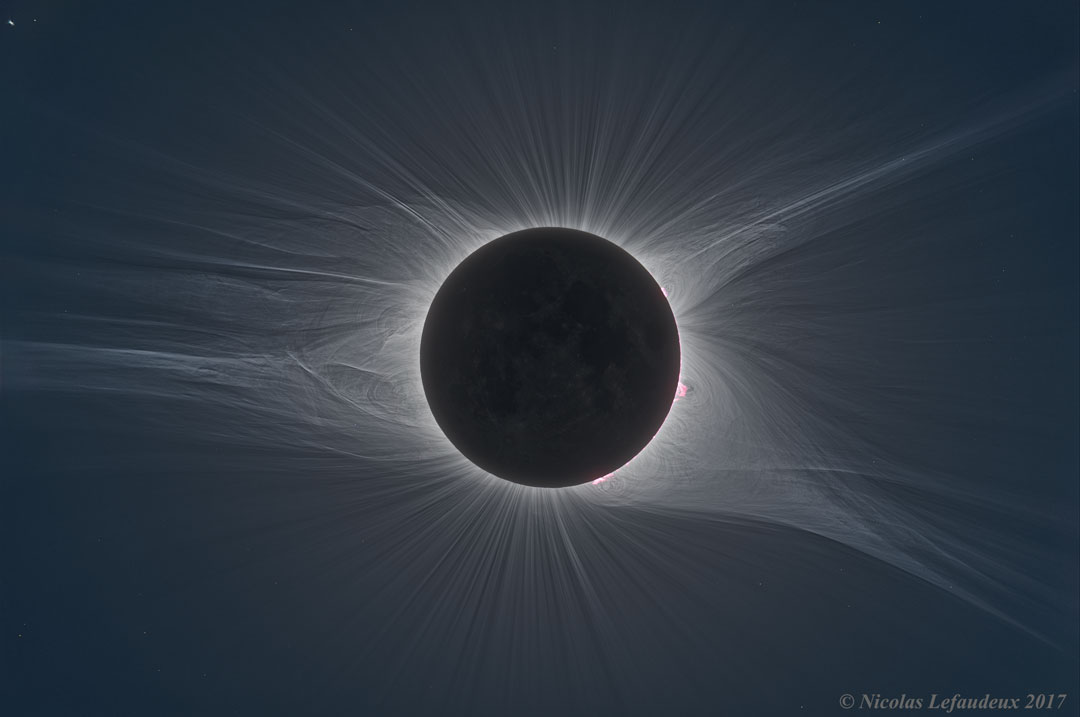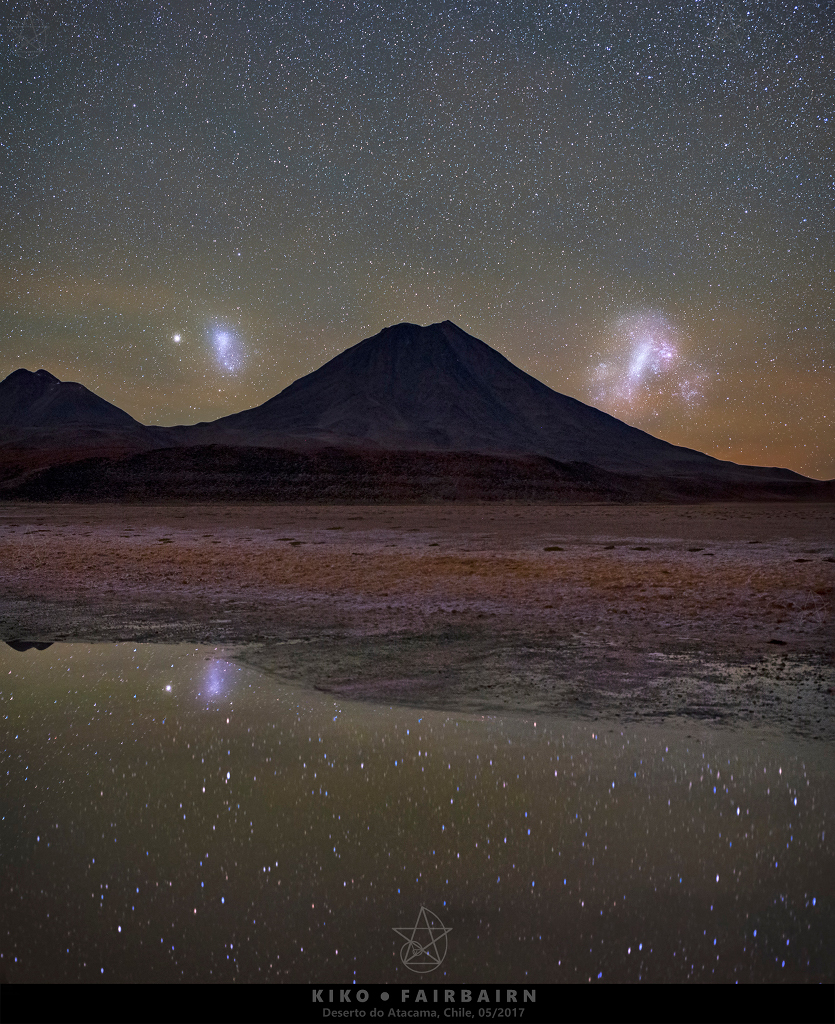A pair of new spacecraft that will observe our planet’s ever-changing water cycle, ice sheets, and crust is in final preparations for a California launch no earlier than Saturday, May 19.
from NASA https://ift.tt/2jj0v8j
via IFTTT![]()
A pair of new spacecraft that will observe our planet’s ever-changing water cycle, ice sheets, and crust is in final preparations for a California launch no earlier than Saturday, May 19.
from NASA https://ift.tt/2jj0v8j
via IFTTT![]()
A pair of new spacecraft that will observe our planet’s ever-changing water cycle, ice sheets, and crust is in final preparations for a California launch no earlier than Saturday, May 19.
from NASA https://ift.tt/2jj0v8j
via IFTTT![]()
A pair of new spacecraft that will observe our planet’s ever-changing water cycle, ice sheets, and crust is in final preparations for a California launch no earlier than Saturday, May 19.
from NASA https://ift.tt/2jj0v8j
via IFTTT![]()


NASA’s next mission to Mars, Interior Exploration using Seismic Investigations, Geodesy and Heat Transport (InSight), is scheduled to launch Saturday, May 5, on a first-ever mission to study the heart of Mars. Coverage of prelaunch and launch activities begins Thursday, May 3, on NASA Television and the agency’s website.
from NASA https://ift.tt/2HzYIdy
via IFTTT![]()